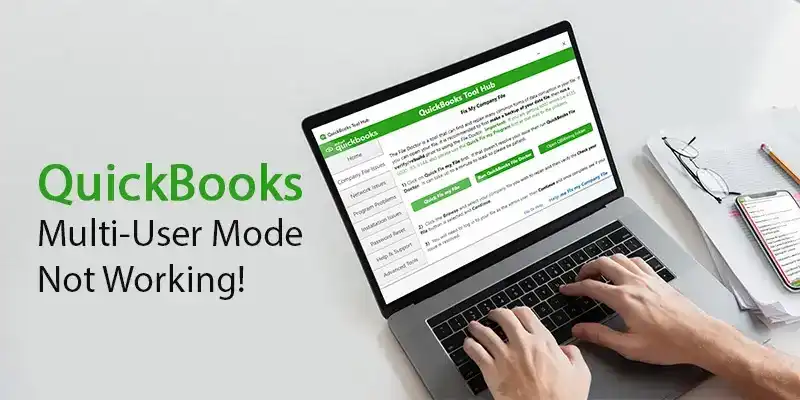Painful, but true: taxes are hard to forget and are on everyone’s mind as they impact our daily lives in many ways. Even the world-famous physicist Albert Einstein said – “The hardest thing in the world to understand is the income tax.” Fortunately, we understand that reading famous quips won’t help you pay less, but having an ultimate tax guide will definitely chuckle you up in the nerve-racking tax season.
So, let’s begin with the basic ones first!!
Why do you need to file a tax return?
They say filing returns is a sign you are responsible – and thus, the federal and state governments mandate tax return filing for those individuals who have a job with a regular paycheck. Whether you made a mistake with payroll withholding calculation or, you’re owed a refund of the taxes paid in 2018, filing a tax return every year is a must. Further, to stay clear from unwanted IRS penalties is also one case to consider while thinking of why tax return filing is so necessary. As an individual, you’re legally required to report additional income that you might have forgot to include in your paycheck. Hence, the result of all this is that you’re required to file a tax return every year.
How to file a tax return?
It’s always fruitful to travel the extra mile anytime, especially when you’re dealing with Internal Revenue Service, to get confirmation on your efforts. Using what medium you’re filing your tax return matters a lot. So, here we’re enlisting three main ways to file your taxes:
1. Filling a 1040 tax form according to the instructions given by IRS is a traditional way to file your taxes if you wish to do it manually. You need to mail the tax form along with the documents and any payments (in case you owe) to the IRS.
2. Rely on a hosted tax software program such as Drake Cloud, Lacerte Cloud, and TaxWise Cloud, if you wish to file your tax return electronically. The application will ask questions related to your income, check for potential deductions, fill out your 1040 tax form, and file it electronically on one single command.
3. Take help from a professional accountant or tax preparer is also an option to consider. The expert will help you to maximize your refund, and will possibly fill out your 1040 on your behalf.
So, these all are the options you have to take assistance from – just make sure you pay your taxes; otherwise you can get in a lot of trouble.
Trump’s Tax Plan Hype
President Trump signed the “Tax Cuts And Jobs Act” on December 22nd, 2017 right after the House passed clearance to the final version of the tax reform bill on December 20, 2017. Originally, Trump’s tax plan was to cut the tax brackets in the federal income tax system and take it down to four. But, unfortunately, or fortunately (depends), the final version of the bill contains seven brackets with minimal changes in their tax rates. In conclusion, the new tax plan of Trump’s cuts individual income tax rates doubles the standard deduction and eliminates personal exemptions. Where on one hand, the corporate cuts are permanent, the individual changes on the other will expire at the end of 2025.
New Trump Tax Brackets – 7 in total
Undoubtedly, the Act lowers the tax rates and introduced new tax brackets of 10%, 12%, 22%, 24%, 32%, 35% and 37% rates. The new highest tax rate of 37% kicks in at $500,000 for single taxpayers and &600,000 for married couples. Try to understand with the help of given table how Trump’s tax plan stacks up against current federal income tax brackets:
Trump’s Tax Plan Doubles the Standard Deduction
The new tax plan has changes to consider for both kinds of taxpayers – who take the standard deduction and for those who itemize. The standard deduction increases from $6,350 to $12,000 for a single filer and from $12,700 to $24,000 for joint filers. Basically, the standard deduction nearly doubles under the Trump tax plan.
New Plan Introduces Big Changes to State and Local Tax Deductions (SALT)
Although the new tax plan has successfully eliminated most itemized deductions. But, under the new plan, taxpayers can still deduct their state individual income, general sales, and property taxes up to $10,000. However, filers need to make a deduction choice between individual income taxes and sales taxes. The deduction limit for “Married filing separately” status is $5,000. Experts claiming that the 2018 tax deductions will be going to harm taxpayers residing in high-tax states like California and New York.
The Other Changes
The new tax plan sets a limit of $750,000 for mortgage deductions, which will affect future buyers and not the current homeowners. Under the new plan, wealthy families can transfer more money (tax-free) to their heirs as it doubles the estate tax deduction. The final tax plan lowers the corporate tax rate from 35% to 21%. Along with all these changes, there is an increase of $2,000 in the child tax credit as well (applicable for children under 17).
How Soon Can I File Taxes?
The Internet is full of questions like “How soon can I file taxes?”, “When’s the earliest I can file?”, “When will the tax season start?” and most tax professionals are quite uncertain to give clear information. However, one thing that’s unalterable is the U.S. tax day, which is on 15th April 2019 (deadline to file 2018 tax returns). Taxpayers can start preparing for their federal tax returns as soon as they gather all the relevant information and documents. The date given by IRS to file your 2018 returns electronically is 15th October 2019, and after that, you will need to paper file your tax returns.
Best Tax Software For Filing 2018 Tax Return
The average cost of hiring a professional tax preparer is about $275. No doubt, they will walk you through the tax return procedure and might save you from unwanted IRS penalties as well. But, it all boils down to this – is it really necessary to hire one? Don’t you think identifying your tax-time priorities in advance or, finding a smart software that can make it happen for you is a much better option rather than spending your hard-earned money on conventional methods?
Although some tax applications are costly, they’re worth the cost given that they are far more reliable and effective. If you’re looking forward to having a hassle-free tax season, then consider any of these robust electronic filing system coupled with cloud technology – Lacerte Tax Hosting, Drake Cloud Hosting solution, ProSeries Cloud Hosting and Hosted UltraTax CS.
“We at Sagenext thrive to offer the best-hosted accounting and tax solutions to our clients. We are committed to researching and recommending the best professional tax-suite when it comes to tax filing process – and thus, bringing out the best cloud-based solutions for you and your accounting and/or tax practice.”


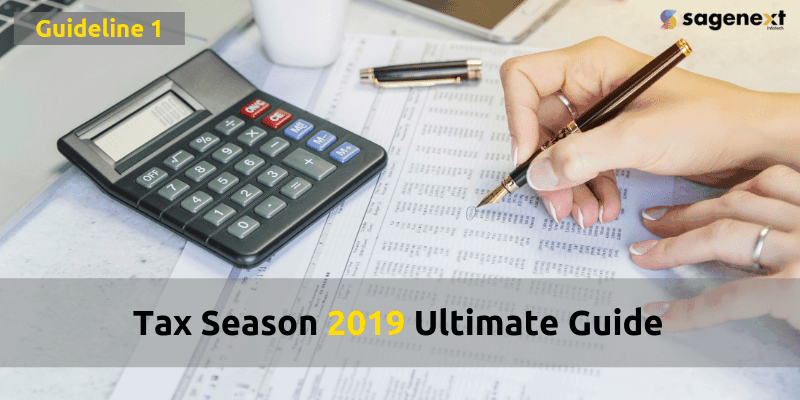
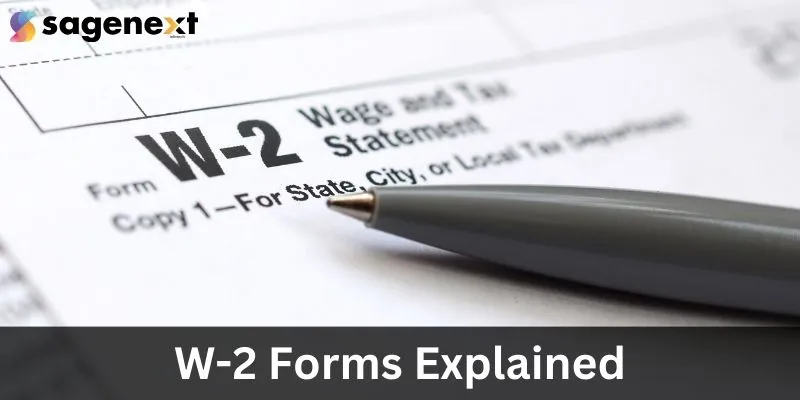
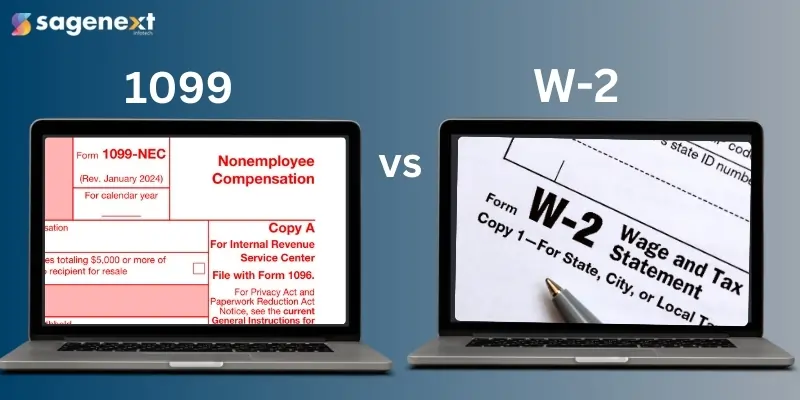
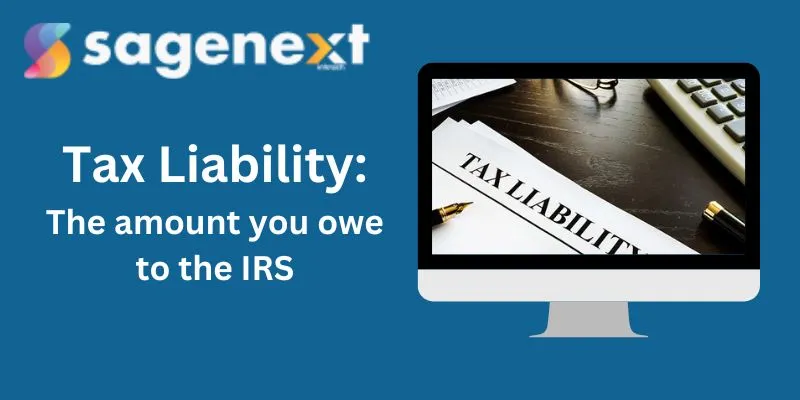

 Popular Posts
Popular Posts
